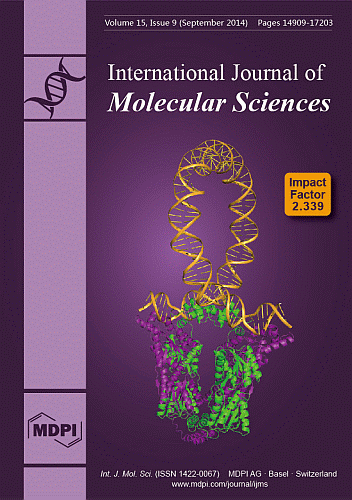Stems of
Machilus japonica were extracted with 80% aqueous methanol (MeOH) and the concentrated extract was successively extracted with ethyl acetate (EtOAc), normal butanol (
n-BuOH), and water. Six flavonoids were isolated from the EtOAc fraction: (+)-taxifolin, afzelin, (−)-epicatechin, 5,3'-di-
O-methyl-(−)-epicatechin,
[...] Read more.
Stems of
Machilus japonica were extracted with 80% aqueous methanol (MeOH) and the concentrated extract was successively extracted with ethyl acetate (EtOAc), normal butanol (
n-BuOH), and water. Six flavonoids were isolated from the EtOAc fraction: (+)-taxifolin, afzelin, (−)-epicatechin, 5,3'-di-
O-methyl-(−)-epicatechin, 5,7,3'-tri-
O-methyl-(−)-epicatechin, and 5,7-di-
O-methyl-3',4'-methylenedioxyflavan-3-ol. The chemical structures were identified using spectroscopic data including NMR, mass spectrometry and infrared spectroscopy. This is the first report of isolation of these six compounds from
M. japonica.
The compounds were evaluated for their diphenyl picryl hydrazinyl scavenging activity and inhibitory effects on low-density lipoprotein oxidation. Compounds
1 and
3–
6 exhibited DPPH antioxidant activity equivalent with that of ascorbic acid, with half maximal inhibitory concentration (IC
50) values of 0.16, 0.21, 0.17, 0.15 and 0.07 mM, respectively. The activity of compound
1 was similar to the positive control butylated hydroxytoluene, which had an IC
50 value of 1.9 µM, while compounds
3 and
5 showed little activity. Compounds
1,
3, and
5 exhibited LDL antioxidant activity with IC
50 values of 2.8, 7.1, and 4.6 µM, respectively.
Full article






